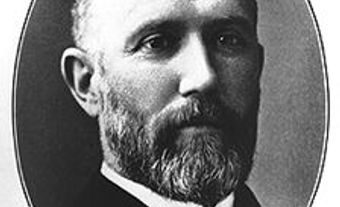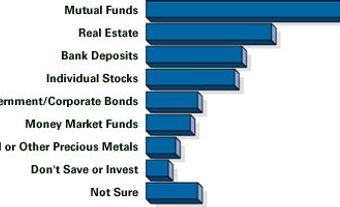Capital Formation
Capital Formation The "capital stock" is one of the basic determinants of an economy's ability to produce income for its members. Composed of equipment, buildings and intermediate goods not themselves directly consumed, the capital stock produces a flow of services which, when combined with labour, yield "value-added," the sum of which is the value of all goods and services produced in the economy. This, in turn, is the NATIONAL INCOME received in the economy. "Capital formation" is simply the enlargement of the capital stock. The higher the rate of capital formation, the more rapid is the growth of the economy's productive capacity and, hence, the more rapid the growth of aggregate income.
Capital formation may be viewed in several ways. First, since part of the capital stock wears out or loses some of its economic potential each year ("depreciation"), provision must be made for its replacement. A certain amount of capital formation must be allocated to depreciation in order for the economy's capital stock to remain constant. Second, after depreciation charges, additions to the capital stock are known as "net investment" or "net capital formation." Third, since capital formation may be financed by both domestic savings and foreign savings, and because Canadians can invest their savings abroad, a distinction is made similar to that found in Canada's national accounts: Gross National Capital Formation (GNCF) measures the flow of real new capital created by Canadians, whereas Gross Domestic Capital Formation (GDCF) measures new capital created in Canada by Canadians and foreigners alike. The aggregate income flows to which these correspond are, respectively, GROSS NATIONAL PRODUCT (GNP) and Gross Domestic Product (GDP); the former is the income received by Canadians from all sources and the latter is the aggregate income received by all individuals from the Canadian domestic economy.
The composition of real capital formation has changed spectacularly in modern history. The important broad categories of investment are construction of both industrial plant and residential buildings; producers' equipment; and inventory adjustment. In a simple trading economy such as early 19th-century Canada, inventories of export goods such as cereal grains and timber constituted a major portion of capital formation alone. As the economy grew in size and took on more industrial characteristics, the importance of inventories declined while the relative importance of construction and producers' equipment increased. Also, more producers' equipment came to be located in the manufacturing sector as agriculture and primary resource harvesting declined in relative importance.

 Share on Facebook
Share on Facebook Share on X
Share on X Share by Email
Share by Email Share on Google Classroom
Share on Google Classroom


